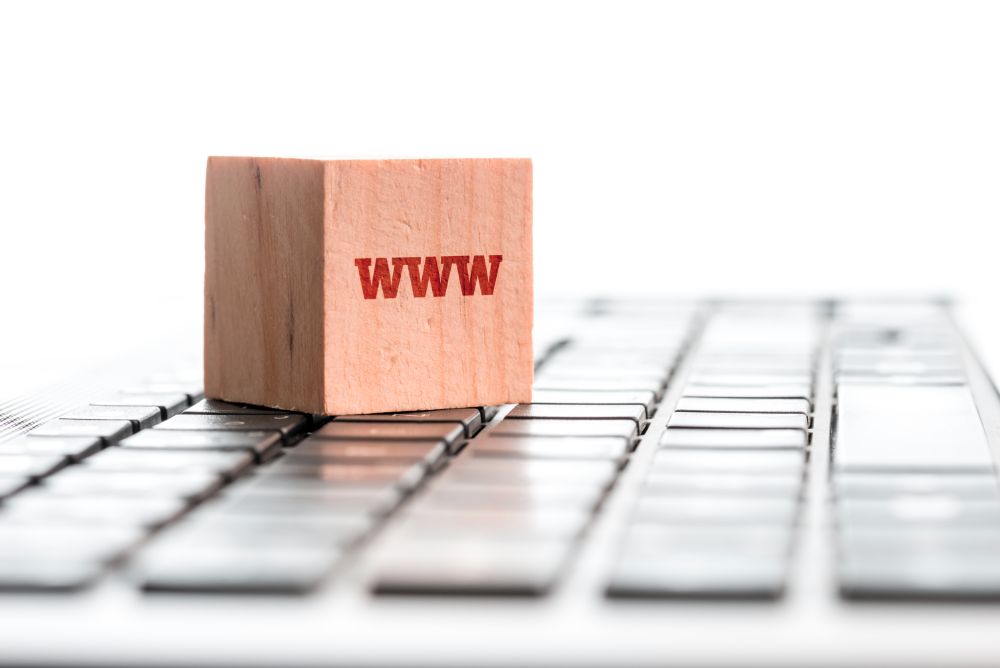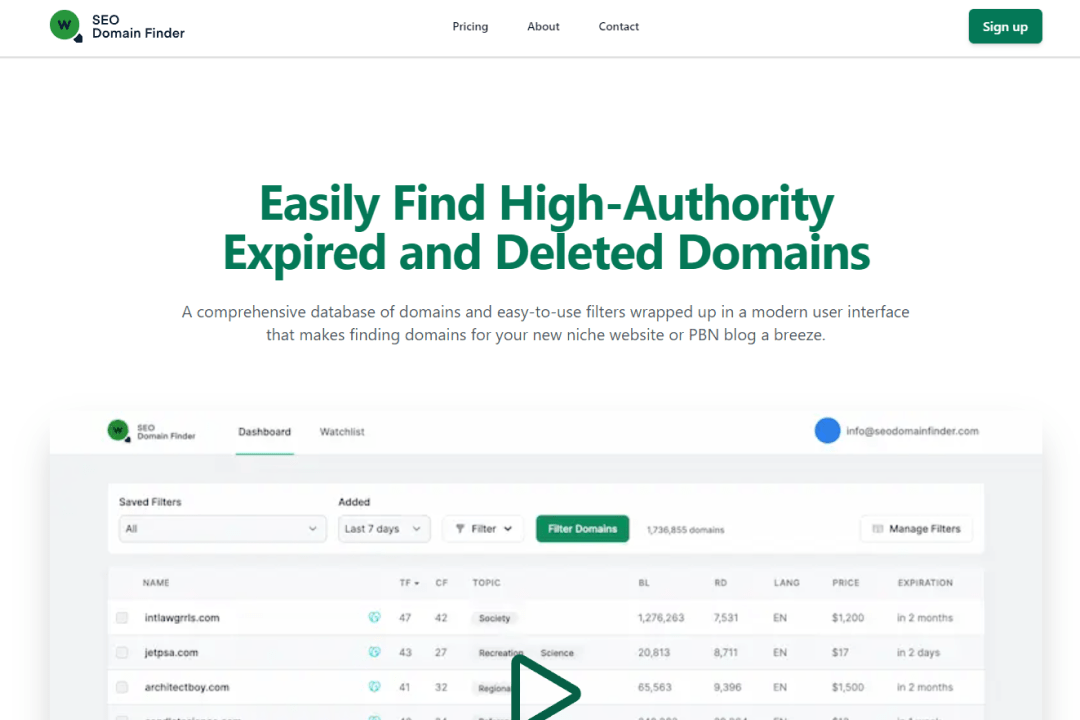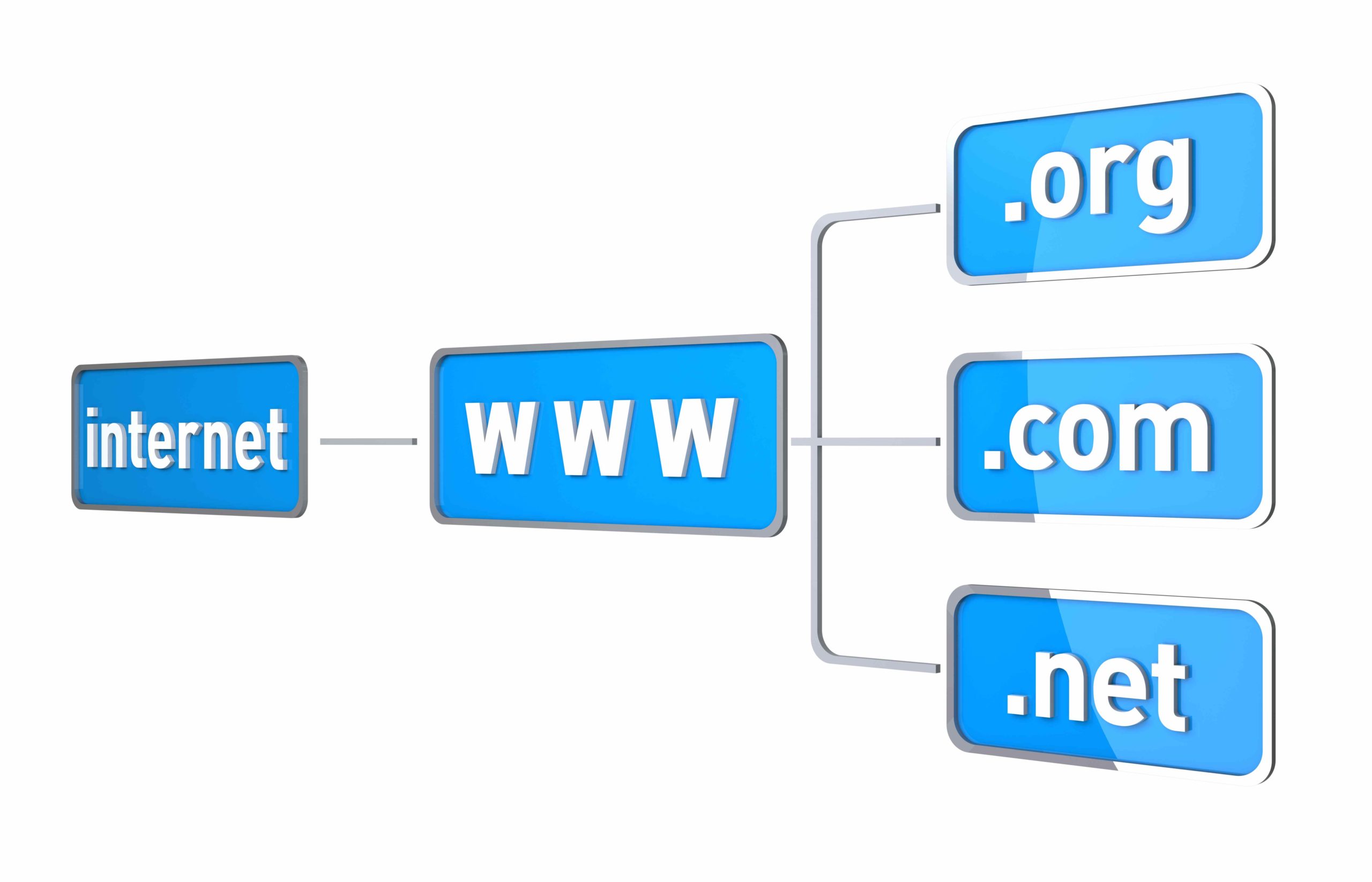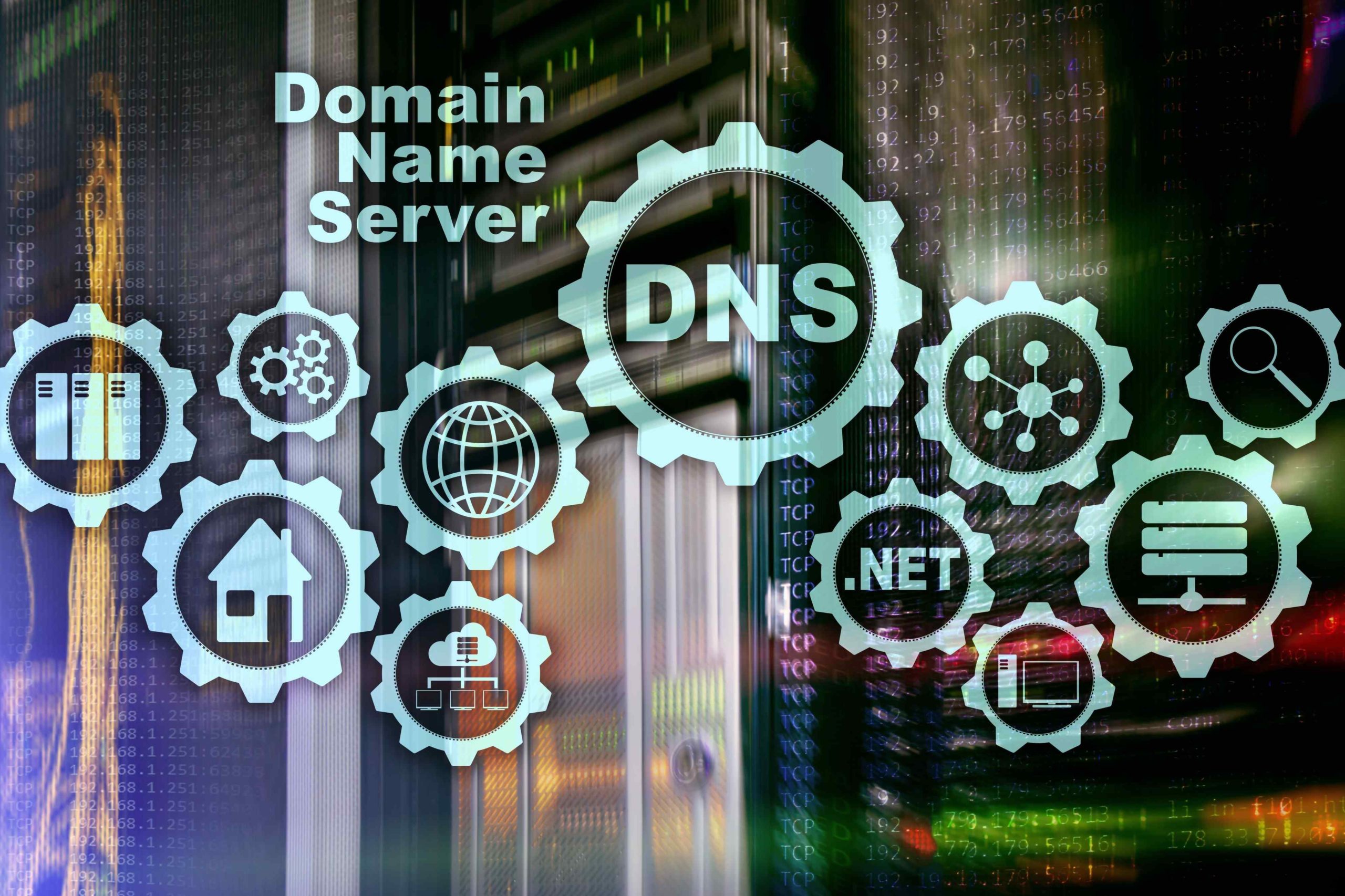
Domain hijacking is a serious cyber threat that can have significant consequences for individuals and businesses. In simple terms, it involves unauthorized access and control over a domain name, often resulting in website downtime, revenue loss, and reputation damage.
This article aims to clarify domain hijacking, how it happens, and what steps can be taken to prevent it. Whether you’re a website owner or simply curious about cybersecurity, understanding domain hijacking is crucial in safeguarding your online presence.
Key Takeaways
- Domain hijacking is the unauthorized acquisition of a domain name, often for malicious purposes, achieved through hacking or exploiting vulnerabilities in domain management systems.
- Hijackers may seek financial gain, promote ideological agendas, or cause disruption by redirecting traffic, intercepting emails, or holding the domain for ransom.
- Domain hijacking can occur through social engineering attacks, exploiting weak passwords, phishing, malware, or vulnerabilities in domain registrars’ systems.
- Consequences for businesses include financial losses, reputational damage, downtime, revenue loss, and legal repercussions, as well as personal data breaches and identity theft for individuals.
- Preventive measures against domain hijacking include using strong authentication, regularly updating passwords, monitoring domain expiry dates, limiting access to the domain registrar account, educating employees about the risks and signs of domain hijacking, choosing a reputable registrar, and enabling transfer lock features.
What does Domain Hijacking Mean?
Domain hijacking, also known as domain theft, is a malicious act that involves changing a domain name’s registration without its original registrant’s permission or by abusing privileges on domain hosting and registrar software systems. After a successful hijacking, the hijacker can use the domain name to facilitate other illegal activities such as phishing, spamming, or distributing malware from the perceived “trusted” domain.
Domain hijacking can be done in several ways, generally by unauthorized access to, or exploiting a vulnerability in, the domain name registrar’s system, through social engineering, or by gaining access to the domain owner’s email account associated with the domain name registration. A frequent tactic used by domain hijackers is to use acquired personal information about the actual domain owner to commit identity theft. Once this has been done, the hijacker has full control of the domain and can use it or sell it to a third party.
Responses to discovered hijackings vary; sometimes, the registration information can be returned to its original state by the current registrar, but this may be more difficult if the domain name was transferred to another registrar, particularly if that registrar resides in another country. If the stolen domain name has been transferred to another registrar, the losing registrar may invoke ICANN’s Registrar Transfer Dispute Resolution Policy to seek the return of the domain. In some cases, the losing registrar for the domain name is not able to regain control over the domain, and the domain name owner may need to pursue legal action to obtain the court-ordered return of the domain.
How to Prevent Domain Hijacking
To prevent domain hijacking, it is crucial to implement a series of proactive security measures. Here are some key steps based on the information from the provided sources:
- Use Strong Authentication: Enable multi-factor authentication (MFA) on your domain registrar account to add an extra layer of security.
- Regularly Update Passwords: Ensure that you use strong, unique passwords for your domain registrar account and update them regularly.
- Monitor Domain Expiry Dates: Keep track of your domain’s expiration date and set up auto-renewal to prevent it from lapsing inadvertently. Regularly review domain registration details to detect any unauthorized changes.
- Choose a Reputable Registrar: Select a domain registrar with a strong track record of security and reliability. Research their security features and customer support policies before registering your domain.
- Change the passwords after other sites are breached: If other websites have experienced breaches, changing your password is crucial. Data breaches often reveal shared passwords used across multiple services, so make sure any exposed password is used only once.
- Enable WHOIS protection: Activate WHOIS protection to limit the exposure of sensitive personal information, such as your address, phone number, and email, which could be exploited by cybercriminals for social engineering attacks. Learn more about domain protection: https://quirk.biz/what-is-domain-protection/.
- Limit Access: Minimize the number of individuals who have access to your domain registrar account and assign appropriate permissions based on roles. Be cautious when granting access to third-party service providers.
- Educate Employees: Train your team members about the risks of domain hijacking and how to identify phishing attempts and other social engineering tactics.
- Enable Transfer Lock: Many domain registrars offer a transfer lock feature that prevents unauthorized transfers of your domain to another registrar. Enable this feature to add an extra layer of protection.
- Keep domain contact details up-to-date: Many domain hijacking incidents occur due to outdated contact information, allowing attackers to register expired email addresses associated with the domain. Keeping this information up-to-date is essential to prevent domain compromise.
- Beware of emails asking for registrar login details: Phishing attempts are common, often mimicking trusted senders or resembling legitimate registrar domains. Verify authenticity by contacting your registrar through their official website and forwarding suspicious emails to them for confirmation.
By following these domain hijacking protection measures, individuals and businesses can significantly reduce the risk and safeguard their digital assets effectively.
How to Recover a Hijacked Domain Name?
If you discover that your domain has been hijacked, follow these key steps:
Contact Your Domain Registrar
Immediately get in touch with your domain registrar. Inform them that your domain has been hijacked and provide all necessary details.
Provide Proof of Ownership
Be prepared to demonstrate to your registrar that the domain rightfully belongs to you. Gather documentation such as domain history, billing records, system logs, financial transactions, correspondence from registrars, legal documents, tax filings, and any other relevant evidence that establishes your association with the hijacked domain name.
File a Registrar Transfer Dispute
If necessary, file a registrar transfer dispute with your registrar. This process may involve submitting a complaint regarding the unauthorized transfer of your domain name to another party or a trademark infringement.
Seek Legal Assistance
Consider engaging an attorney with experience in domain name disputes to guide you through the recovery process. Legal support can be crucial in navigating the complexities of reclaiming a hijacked domain.
Expedite with a Court Order
In some cases, obtaining a court order may be necessary to demand the transfer of your domain name back to you. This step can help expedite the recovery process and strengthen your case.
Make Noise and Raise Awareness
Use social media and other platforms to raise awareness about your situation. Putting pressure on relevant parties through public channels can sometimes help expedite the resolution process.
Domain Hijacking Examples
Let’s explore some examples of domain hijacking to understand the seriousness and potential implications of such cyber-attacks.
- GoDaddy – Spammy Bear: In 2018, GoDaddy faced an attack targeting DNS provider vulnerabilities, leading to ransom demands from dormant domains associated with major corporations. GoDaddy quickly resolved the issue by addressing system weaknesses.
- Google.com.vn (Vietnam) – Lizard Squad: In 2015, Google’s Vietnam domain was hijacked by Lizard Squad using a DDoS attack, redirecting users to a site selling hacking tools. Despite the shock, Google swiftly regained control of its domain.
- Lenovo – (Vietnam) – Lizard Squad: Lenovo fell victim to the same group as Google due to its association with the controversial “Superfish” software, highlighting security risks to users. The hack aimed to expose Lenovo’s oversight in understanding Superfish’s implications.
- Microsoft Outlook for Cyprus – Sea Turtle: Hackers compromised Cyprus government email access via phishing emails in January 2017, underscoring the enduring effectiveness of phishing techniques. The incident raised concerns about potential data breaches and unauthorized access.
These examples illustrate the persistent threat of domain hijacking, emphasizing the importance of robust cybersecurity measures for all organizations to safeguard against malicious attacks.
Also, we recommend reading our article https://quirk.biz/the-most-abused-tlds/
Domain Hijacking vs DNS Poisoning
Grasping the distinctions between domain hijacking and DNS poisoning is essential in understanding the complex field of cyber threats.
Here are the fundamental differences:
- Domain hijacking is a threat to domain ownership, which could lead to financial loss. On the other hand, DNS poisoning involves altering DNS cache information with the intent of malevolent redirection.
- In domain hijacking can negatively impact website functionality. In contrast, DNS poisoning results in traffic diversion to harmful websites.
- While hijacking entails affecting administrative rights, DNS poisoning misleads users by modifying the process of DNS resolution.
Domain Hijacking vs Typosquatting
Typosquatting is a method that involves registering domain names that resemble popular ones, often used for malicious activities.
Domain hijacking is an illegal process in which an individual or group unlawfully gains control of a domain, potentially disrupting the legitimate owner’s website operations.
On the other hand, typosquatting is the creation of websites using misspelled domain names. The perpetrators of this strategy count on internet users making typographical mistakes that lead them to these deceptive sites. This can result in phishing attacks or the distribution of malware.
Understanding the distinctions between these two practices can aid in developing and implementing effective cybersecurity strategies, which are vital for protecting one’s online presence. The information should be presented in a clear, concise, and neutral manner without resorting to speculative content or exaggeration.
Conclusion
Domain hijacking is an important issue to be aware of as it can negatively impact your online brand and business operations. It’s crucial to take preventative measures to ensure the security of your domain.
Implementing strong passwords, being cautious of potential phishing attempts, and renewing your domain before its expiration are effective measures against domain hijacking. The potential risk isn’t only the loss of your website but also possible damage to your brand and business operations.
By understanding the risks and implementing proactive security measures, businesses and individuals can reduce the likelihood of falling victim to this malicious activity and protect their digital assets.











































































































